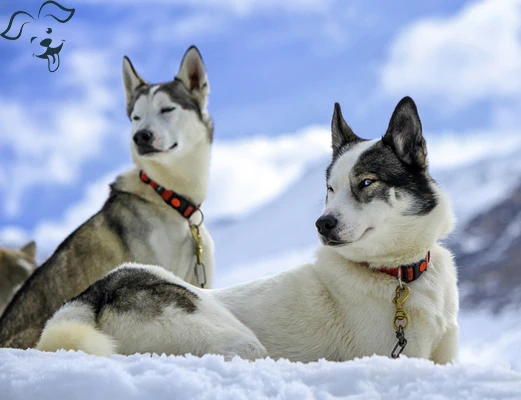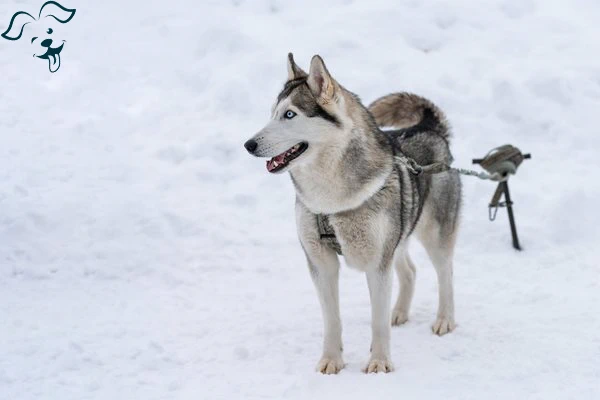CARING WITH FAMILY
|
| The level of affection that a breed demonstrates towards family members or acquaintances can vary widely. Certain breeds may show warmth exclusively to their owners, whereas others are known for greeting familiar faces with equal enthusiasm as they would their best friend. |
LOVE WITH CHILDREN
Unwise
Good With Children
|
| The extent to which a breed can gracefully endure children's actions and possess a disposition that's accommodating to family life varies. It's important to monitor dogs when they are in the vicinity of young ones, especially children unfamiliar with canine interactions. |
BEHAVIOR WITH DOGS
Unwise
Good With Other Dogs
|
| The inherent sociability of a breed with other canines can differ significantly. Even though close supervision during dog-to-dog meetings is essential, certain breeds naturally exhibit a higher propensity for friendliness toward their fellow dogs, whether it's during home playdates or public encounters. |
SHEDDING LEVELS & MANAGEMENT
No Shedding
Hair Everywhere
|
| The amount of hair a breed scatters can be substantial; frequent brushings, potential allergy triggers and an upswing in vacuuming and lint-rolling activities are all more common with breeds that have higher shedding rates. |
COAT GROOMING STANDARDS
|
| The grooming regimen for a breed, including baths, brushings and trims, varies evaluate your availability, patience and grooming budget before committing. Remember, consistent nail trimming is a must for all breeds. |
DROOLING INTENSITY
Less Likely to Drool
Always Have a Towel
|
| The likelihood of a breed to drool extensively varies; for those who cherish cleanliness, a slobber-heavy dog may not be the ideal companion, as they can lead to unsolicited saliva trails on your arm or damp patches on your attire. |
COAT STYLES GUIDE |
| Double |
| COAT SPECTRUM |
| Medium |
FRIENDLINESS
Reserved
Everyone Is My Best Friend
|
| The likelihood of different breeds to warmly receive unfamiliar faces varies. You'll find that certain breeds exhibit a natural reserve or wariness in the presence of people they haven't met before, no matter the setting. On the flip side, there are those breeds that are invariably delighted at the prospect of making a new two-legged friend whenever the opportunity arises. |
LIVELINESS
Only When You Want To Play
Non-Stop
|
| A breed's zeal for playful activities can extend well beyond its puppy years. Certain breeds keep a puppy-like enjoyment for energetic games like tug-of-war or fetch, maintaining a love for playtime well into their maturity. Meanwhile, other breeds are more content to spend their days lounging comfortably on the couch alongside you indulging in relaxation over active play. |
VIGILANCE INTENSITY
What's Mine Is Yours
Vigilant
|
| The propensity of a breed to signal the presence of newcomers is quite distinct. Such breeds are often on high alert ready to respond to anything they deem suspicious, be it the daily arrival of the mail carrier or a curious squirrel scampering past the window. These alert canines generally grow more amicable with unfamiliar guests once they step into the home and receive the household's seal of approval. |
ADAPTATION CAPACITY
Lives For Routine
Highly Adaptable
|
| The adaptability of a breed to change encompasses its tolerance to a range of lifestyle adjustments, whether it be shifting living environments, fluctuating noise levels, weather changes, alterations in daily routines or other day-to-day shifts. Some breeds navigate these changes with ease, while others may require more time and patience to acclimate to new circumstances. |
OBEDIENCE LEVEL
Self-Willed
Eager to Please
|
| The trainability of your dog and its eagerness to take on new challenges can vary widely from breed to breed. Some are naturally inclined to please their owners, grasping new commands with enthusiasm in their quest to make you proud. Meanwhile, other breeds might display a more independent streak choosing to follow their own whims and desires, often on their own schedule and terms. |
STAMINA LEVEL
|
| The necessity for physical activity and mental engagement varies significantly across breeds. High-energy breeds are a bundle of boundless vigor always on the lookout for the next thrilling exploit; you'll often find them dashing, leaping and frolicking from dawn to dusk. On the other side of the spectrum, low-energy breeds epitomize the "couch potato" lifestyle fully content to while away the hours lounging and napping in cozy comfort. |
VOCALIZATION
|
| Frequent |
LEARNING CURIOSITY LEVEL
Happy to Lounge
Needs a Job or Activity
|
| The mental engagement necessary to keep a breed content and flourishing can vary greatly. Dogs bred for specific purposes may need tasks that demand critical thinking, problem-solving abilities, focused attention and other cognitive skills. Without adequate opportunities to stretch their mental muscles, they might take the initiative to devise their own diversions. Unfortunately, these self-assigned "projects" aren't likely to align with your own preferences or household peace. |
| COLORS |
|
Description
|
Registration Code
|
|
Agouti & White
|
001
|
|
Black & White
|
019
|
|
Gray & White
|
105
|
|
Red & White
|
146
|
|
Sable & White
|
165
|
|
White
|
199
|
|
Brown & White
|
063
|
|
Black Tan & White
|
030
|
|
Black
|
007
|
|
| PATTERNS |
|
Description
|
Registration Code
|
|
Piebald
|
025
|
|
Saddle-Back
|
083
|
|






























FRIENDLINESS
LIVELINESS
VIGILANCE INTENSITY
ADAPTATION CAPACITY